15 Health Risks Of Selective Breeding In Purebred Dogs
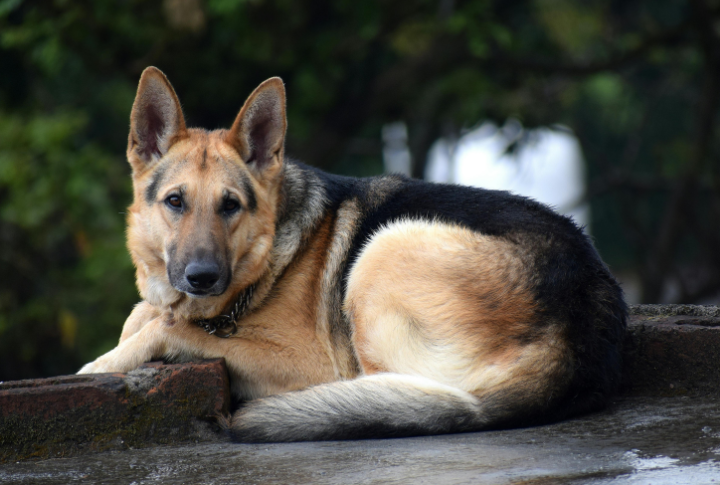
Purebred dogs are beloved for their distinct characteristics and loyal companionship, but behind their charming looks lies a hidden world of genetic risks. Selective breeding, while aiming to preserve traits, often leads to serious health challenges that can affect a dog’s quality of life. Curious about how these risks may impact your furry friend? Keep reading to uncover the potential health risks.
Hereditary Diseases

Purebred dogs often come with built-in health problems due to genetic bottlenecks. Harmful mutations spread easily when a breed descends from just a few ancestors. Dobermans and Great Danes are prone to Dilated Cardiomyopathy (DCM), while Dalmatians nearly all carry a mutation leading to bladder stones. Selective breeding didn’t just refine their looks; it concentrated their risks.
Respiratory Issues

That squishy face is a genetic trap. Bulldogs, Pugs, and Frenchies are victims of Brachycephalic Obstructive Airway Syndrome (BOAS), making it hard to breathe, especially in heat. Most bulldogs can’t even give birth naturally because their heads are too big for their mothers’ birth canals. What was once a tough working breed is now a medical emergency waiting to happen.
Cancer Rates
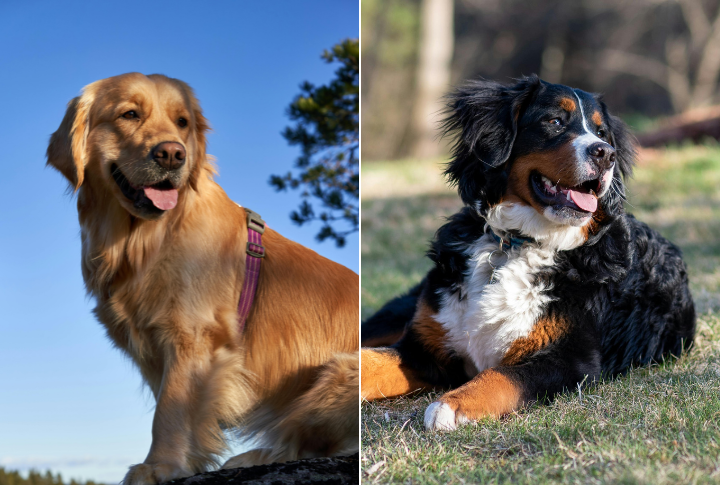
Genetic bottlenecks not only pass on cute traits; they also spread cancer genes like wildfire. Golden Retrievers have a 60% cancer rate compared to mixed breeds. Bernese Mountain Dogs are notorious for dying young due to aggressive cancers. With limited genetic diversity, breeds like these are biologically cornered with no escape.
Mood Swings

Ever met a Cocker Spaniel that went from sweetheart to psycho in five seconds? Some studies link this to a neurological disorder known as “rage syndrome,” often seen in red or golden Cockers. While bottlenecks may increase susceptibility, it’s not just genetics. Poor breeding and lack of socialization also play a role. Either way, it’s a gamble for unsuspecting owners.
Deafness
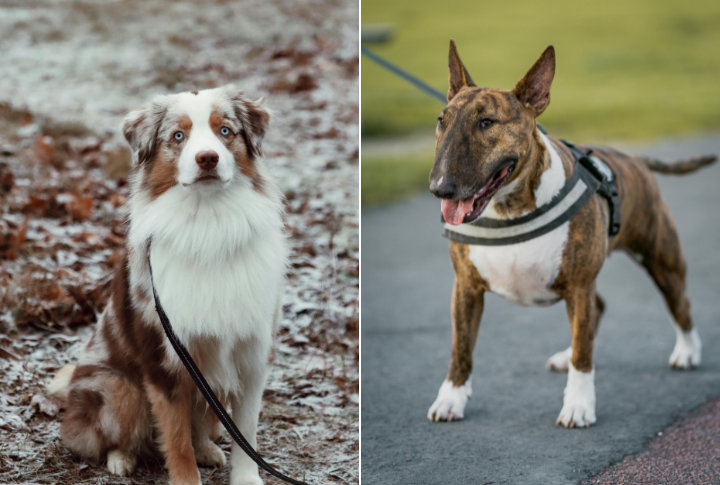
Some of the most eye-catching breeds also pay the price for their signature looks. Dalmatians, Australian Shepherds, and Bull Terriers are more likely to be born deaf due to a lack of pigment-producing cells in their inner ears. That beautiful merle or spotted coat often comes with an increased risk of hearing loss.
Too Smart For Their Good

Canine Compulsive Disorder (CCD) is similar to OCD in humans and is commonly seen in high-drive breeds like Border Collies and Dobermans. Research suggests CCD is linked to serotonin imbalances, and dogs selectively bred for intense focus are more susceptible. Without proper training and enrichment, these dogs may develop severe compulsive behaviors.
Fertility Problems
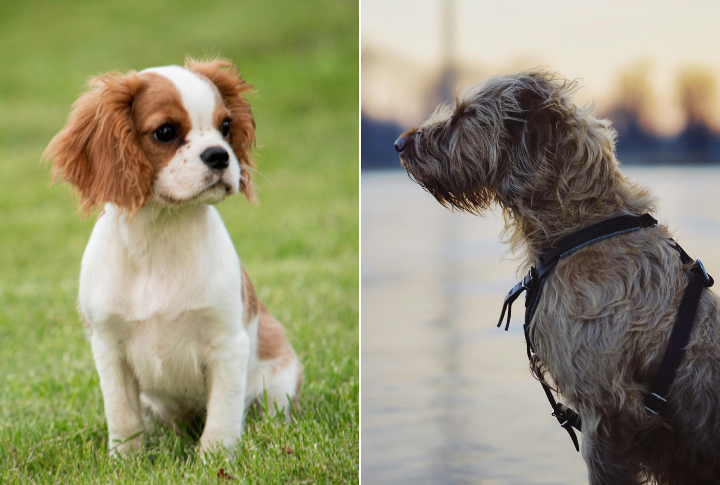
Breeds like the Bulldog and Cavalier King Charles Spaniel are struggling to reproduce naturally due to genetic narrowing. Many require artificial insemination and C-sections, while some, like Irish Wolfhounds, suffer from low sperm quality and high stillbirth rates. Even reproduction becomes a challenge when a breed’s genetics are too tight.
Weak Immune System

If genetics are too similar, the immune system lacks adaptability. Irish Setters, Dobermans, and Shar-Peis are at an increased risk of autoimmune disorders like hypothyroidism, lupus, and pemphigus. Because of genetic bottlenecks, their bodies struggle to fight off diseases, making them more brittle over time.
The Miniaturization Problem

Teacup Yorkies or tiny Chihuahuas? The smaller they get, the more fragile their bones and organs become. Extreme miniaturization has led to hydrocephalus (fluid in the brain), collapsed tracheas, and heart failure. By breeding for extreme size, humans have created cute but medically weak dogs.
The Lost Instincts
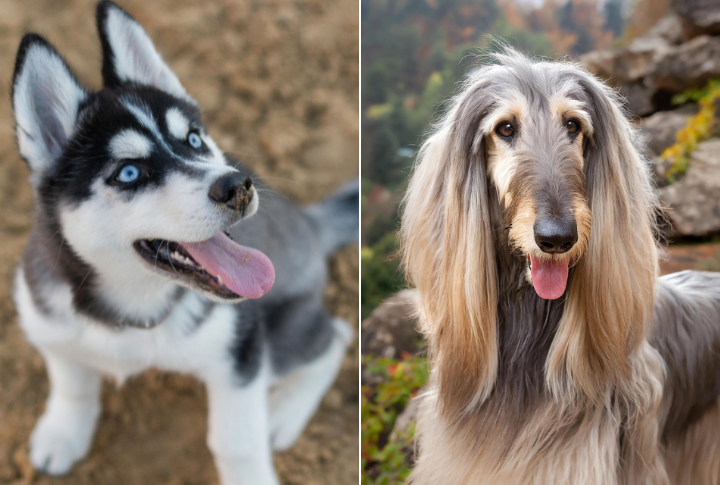
Think of a Retriever that won’t retrieve or a Husky that refuses to run. Some breeds, like Afghan Hounds and modern Bulldogs, have been so heavily bred for appearance that they’ve lost the instincts that once made them strong working dogs. Without selection for function, nature takes a backseat to fashion.
Hip Dysplasia And Structural Problems
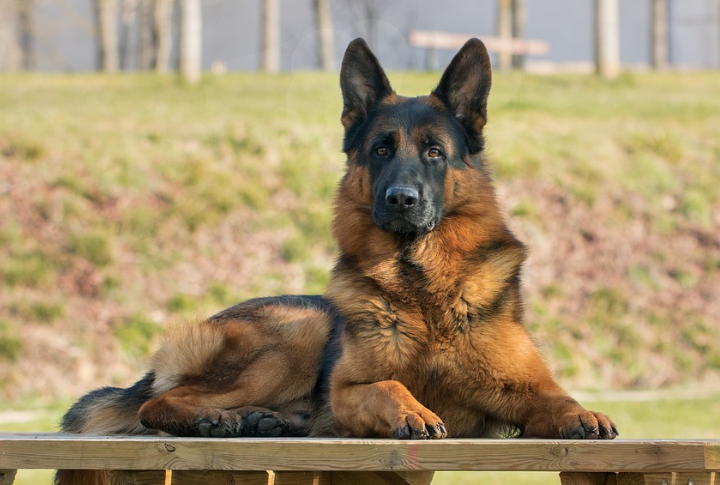
What’s the point of a majestic, wolf-like German Shepherd if it can barely walk by age five? Due to selective breeding, hip and elbow dysplasia have become common issues in many large breeds. The irony is that these dogs were once bred for strength and endurance, yet now many struggle to even climb stairs.
Increased Risk Of Neurological Disorders

Selective breeding in Cavalier King Charles Spaniels makes them highly prone to syringomyelia. A painful condition where fluid-filled cavities develop in the spinal cord due to their compressed skull shape. Meanwhile, Boxers, German Shepherds, and Corgis are at increased risk of Degenerative Myelopathy (DM), a progressive nerve disease similar to ALS in humans.
Higher Rates Of Epilepsy
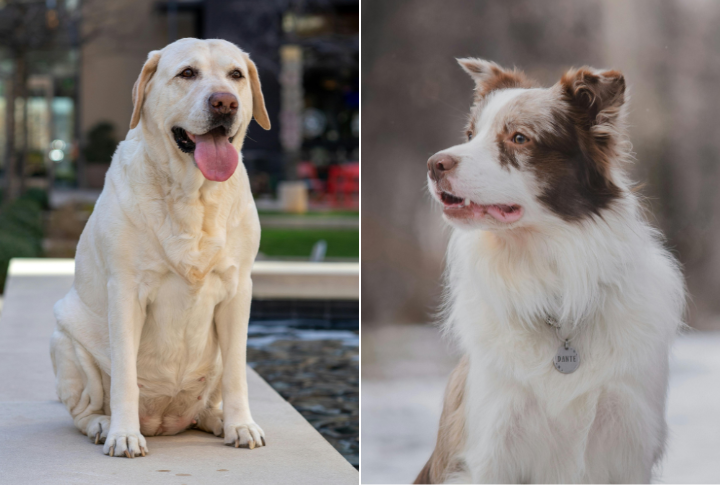
Watching a beloved dog collapse into seizures is a terrifying reality for owners of Border Collies, Australian Shepherds, and Labrador Retrievers. Idiopathic Epilepsy (IE) is one of the most common inherited neurological disorders in dogs, affecting breeds with genetic bottlenecks and limited diversity. Without fresh genetic variation, seizures remain a battle for many.
Chronic Skin And Allergy Problems

You probably know the struggle if you own a Bulldog or a Shar-Pei. Itchy skin, non-stop scratching, and those smelly ear infections that never seem to go away. Atopic dermatitis isn’t just annoying; it’s a lifelong issue caused by genetic limitations that weaken their ability to fight allergies. So, get ready for constant vet visits!
Shortened Lifespans In Giant Breeds
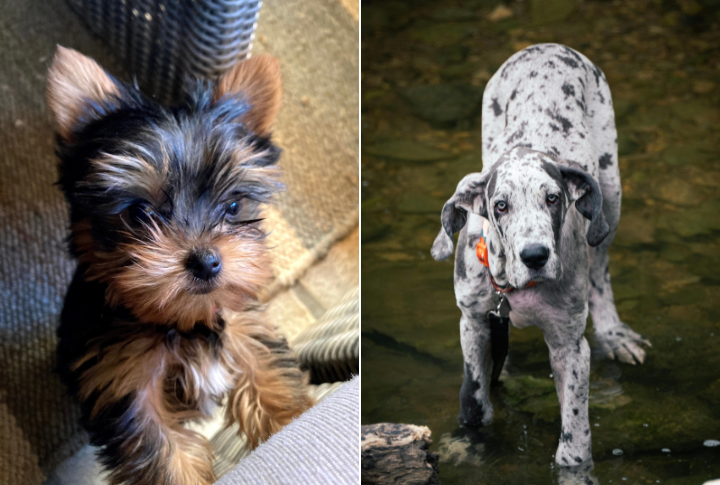
Ever wonder why tiny dogs outlive their massive counterparts? A 10-pound Yorkie might live 15 years, but a 150-pound Great Dane struggles to reach 8. That’s because breeding for extreme size has created a biological imbalance. Bigger bodies mean faster aging and weaker hearts. Anyone who had a large breed knows how unfair it is to lose them so soon.






